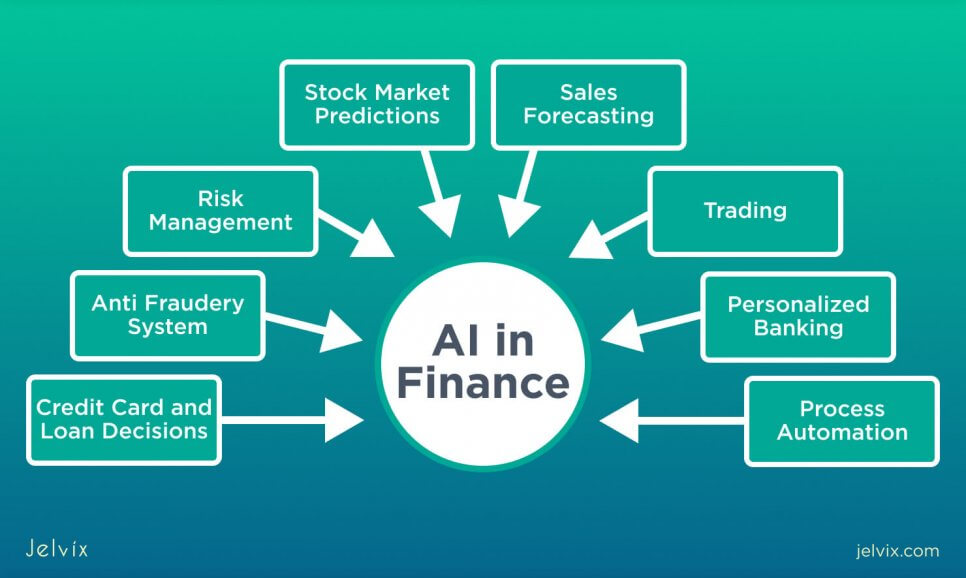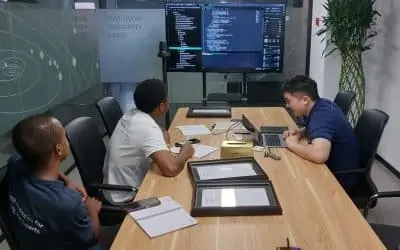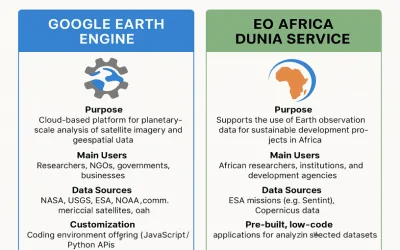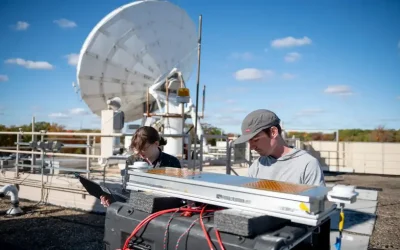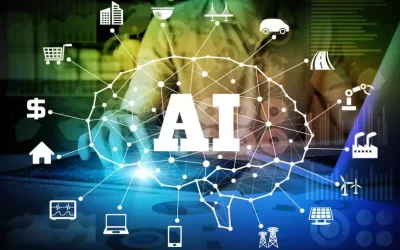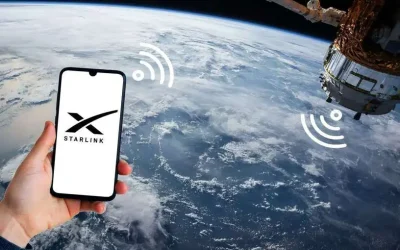What will the World look like 30 years from today?
Technological revolution is here… at last!
We’re living in technological disruption era! The 4th industrial revolution (4IR).
Predicting accurately what the world will look like 30 years from today is a daunting task. However, if the current trends in technological changes is anything to go by, then the developments in the world by 2050 will be driven majorly by information technology, AI to be precise. We are currently experiencing technological revolution having gone through both stone-age, agrarian and industrial revolutions in previous centuries.Separately, from the World Bank statistics, the world population has grown from 1 billion in 1800 to more than 8 billion today! The 1960’s started with a population of approximately 3 billion and in 1975 we were already above 4 billion. Just imagine, more than 1 billion additional people within 15 years only! But how technology, to be precise AI, will change the world order in three decades cannot be predicted to surgical precision. Well, lets now delve into this interesting topic and discuss how each sector will be impacted by these technological changes.
Automation of Jobs in the market
The unprecedented technological advancements will continue at a rapid pace unabated. Artificial intelligence, automation, biotechnology, and nanotechnology could have transformed various aspects of our daily lives, including but not limited to healthcare, urbanization, transportation as well as communication. To begin with, the automation of jobs with AI is almost inevitable! It will happen. It’s happening. AI will automate many jobs in the market that are currently performed by humans, which will lead to many job losses and significant changes in the labor market. Now, it will depend how impacted people will re-qualify their skills so that they may remain relevant in the job market and bring food to the table.
According to Outlook India, with the introduction of AI tools like ChatGPT, Bard and Bing, things have become even more challenging. Furthermore, based on the latest report by Challenger, Gray and Christmas, there was about 80,000 job losses in India out of which artificial intelligence (AI) has been identified as the reason for almost 4,000 job losses in May this year.
Research on future Job Market by McKinsey
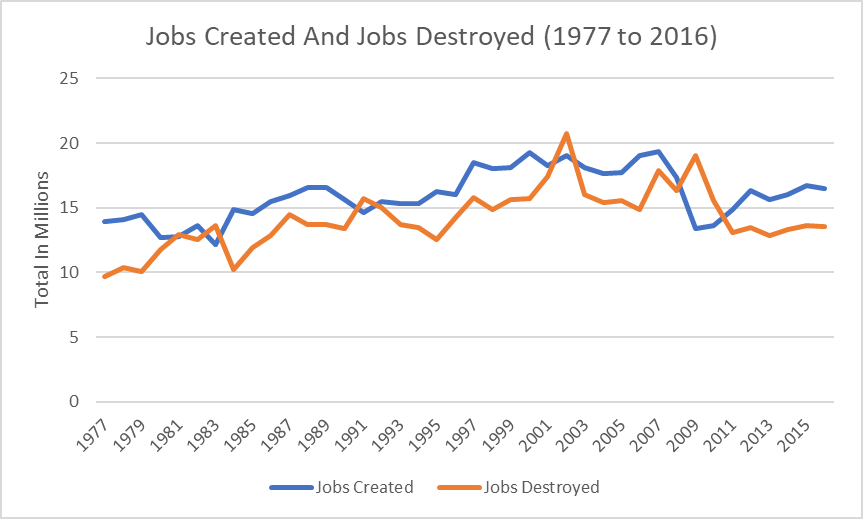
In July 2019, McKinsey – an American technology consulting company did estimates of AI job losses globally. McKinsey took data from the World Bank and the U.S Bureau of Labor Statistics O*Net database. The data was broken down into 800 occupations and 2,000 activities. McKinsey then surveyed all of the jobs presently available and broke down those jobs into “performance capabilities needed for each activity based on the way humans currently perform them.” It further broke down activity into 18 capabilities and assessed their automation potential.
McKinsey further organized its projections into early-, mid-, and late-adoption scenarios, and provided a range of how many jobs worldwide that will face automation. At the mid-point scenario, 400 million jobs worldwide will face automation by 2030, while 800 million jobs worldwide will face automation in the fastest rate. McKinsey concluded that United States could lose between 16 million and 54 million jobs between 2016 and 2030!
Renewable Energy and transportation
Curious Matrix opines to the fact that with ever increasing concerns about climate change world over, there could be a stronger focus on renewable energy sources such as solar, wind, and hydro-electric power. A lot of efforts to mitigate the effects of climate change and reduction of carbon emissions will lead to more sustainable practices in industries and daily activities. For instance, in transportation industry, AI will by 2050 completely transform the transportation sector by enabling self-driving cars through automation, trucks, and drones, which will lead to improved safety, reduced traffic congestion, and increased efficiency. However, whilst it will certainly lead to improved safety, there are also many concerns that self-driving cars will decrease humans’ ability for free will driving.
Urbanization and Smart cities
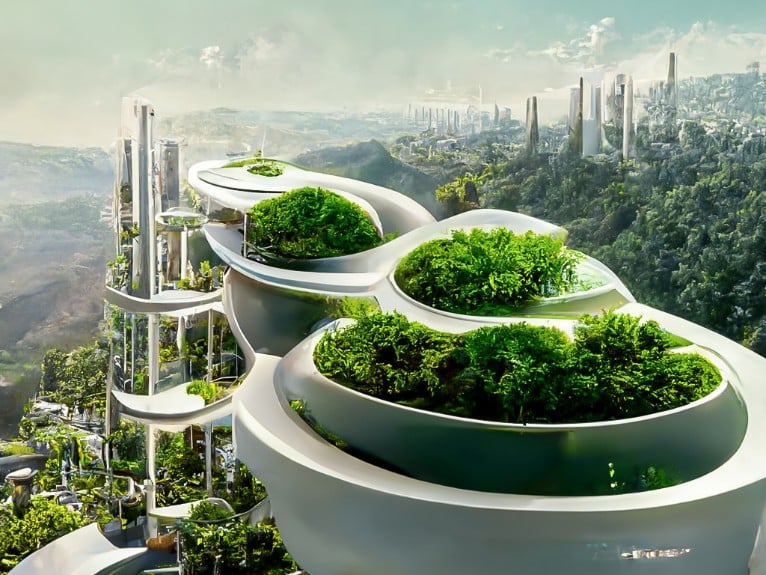 The continued breakneck speed of urbanization is one of the most significant and influential mega-trends of the 21st century. The UN reports indicate that by 2050, it’s projected that more than two-thirds of the world population will live in urban areas. It’s predicted that urbanization will intensify, leading to the development of smarter and more connected cities. Hence, the lion’s share of AI-driven innovation will take place in urban centres. The urban infrastructure could be designed to incorporate IoT (Internet of Things) devices such as CCTV cameras and sensors; data analytics, and automation to enhance efficiency, transportation, and overall quality of life for urban dwellers. AI is expected to transform people’s lives, the overall functioning of economies and the manner in which world governments operate. The use of AI in city management is already a reality and is often associated with the smart-city concept.
The continued breakneck speed of urbanization is one of the most significant and influential mega-trends of the 21st century. The UN reports indicate that by 2050, it’s projected that more than two-thirds of the world population will live in urban areas. It’s predicted that urbanization will intensify, leading to the development of smarter and more connected cities. Hence, the lion’s share of AI-driven innovation will take place in urban centres. The urban infrastructure could be designed to incorporate IoT (Internet of Things) devices such as CCTV cameras and sensors; data analytics, and automation to enhance efficiency, transportation, and overall quality of life for urban dwellers. AI is expected to transform people’s lives, the overall functioning of economies and the manner in which world governments operate. The use of AI in city management is already a reality and is often associated with the smart-city concept.
Healthcare and Biotechnology
By 2050, AI will have revolutionized the healthcare industry in ways previously unthinkable. One of the areas is Precision Medicine (PM). It is envisaged that PM shall enable doctors to tailor the treatments specifically for individual patients based on their genetic makeup, the lifestyle, and environment they live in. For instance, AI powered diagnostic tools will analyze a person’s DNA to determine their risk of developing some certain diseases and suggest ideal preventive measures to be taken.
Furthermore, the advances in medical research and biotechnology could lead to personalized medicine, improved treatments, as well as increased life expectancy. The Clustered Regularly Inter-spaced Short Palindromic Repeats (CRISPR) technology and genetic engineering might revolutionize healthcare and allow for the treatment of previously incurable genetic diseases.
The AI will revolutionize healthcare by improving diagnosis, treatment, and patient outcomes. It will probably be used to develop personalized medicine, predict disease outbreaks, and assist in surgical procedures. Furthermore, virtual and mixed reality glasses are already used for surgical procedures or for students. This together with the assistance of AI will be used even more as time advances. Probably every hospital will have some kind of AI assisted surgeries. And some hospitals will ostensibly be completely automated where 90% of surgeries will be done by AI powered robots .
Global Population and Demographics

The world’s population is increasingly moving towards urban areas, with more than two-thirds of the population projected to live in cities by 2050. This trend is expected to have significant implications for issues such as infrastructure, transportation, and environmental sustainability. The demographic trends might continue to shift, with aging populations in many parts of the world and potentially changing patterns of migration and global population distribution.
The changing fertility rates are projected to decline in many countries, particularly in developed countries, where birth rates are already low. However, some developing countries may continue to experience high fertility rates, which could result in significant population growth in those places. The cultural and social changes including norms, attitudes, and cultural practices could have evolved, influenced by factors such as technological advancements, increased connectivity, and changing demographics.
Romance and Dating in 2050!
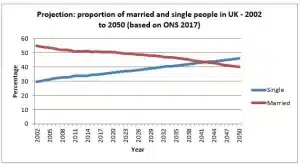
Haha..! This is a very interesting segment of our lives that is of great importance to all of us, yet it appears that it is changing so dramatically year in year out. Presently, we are already witnessing that majority of people are not socializing as they used to do before. The social gap keep on increasing as years go by. In fact, young people are actively using dating apps such as Badoo or Tinder for quick “romantic” gatherings and overtures, and more and more of them are not interested in any kind of long-term relationships and engagements. This kind of behavior often leads to even more differences between people who are very pretty and people who are not so lucky in that category. This is one area that has raised major concerns about the ‘future family’. Anyway, time will tell.
Environment and Geopolitics
Whilst efforts to address climate change could be underway, the world might still be dealing with various environmental challenges, including biodiversity loss, pollution, and resource scarcity. The geopolitical landscape could have shifted due to changes in economic power, alliances, and global priorities. The rise of new economic and political players might have altered the balance of influence. As artificial intelligence continues to advance, ethical considerations surrounding its use as well as the impact on society could become more prominent. The regulations and guidelines might have been established to govern AI development and deployment in various countries.
Automation of Financial transactions
The financial transaction will rely heavily on AI to improve monetary services by helping with fraud detection and prevention; risk assessment, and portfolio management. AI could also help with the automation of routine financial tasks, such as customer service inquiries. Actually, narrow AI is already used for those tasks. And by 2050 AI will be used for much more advanced scenarios in finance such as:
- Predictive Analytics: AI could be used to predict the future financial trends and identify potential risks as well as opportunities. This could help financial institutions to make more informed decisions and improve their performance.
- Natural Language Processing: AI-powered natural language processing could be used to analyze unstructured data, such as news articles and social media posts, to identify emerging trends and sentiment in the market.
- Sentiment Analysis: AI could be used to analyze sentiment data to predict consumer behavior and market trends. This could help financial institutions better understand their customers and make more targeted marketing decisions.
- Blockchain Analytics: AI could be used to analyze blockchain data to identify potential fraud and suspicious transactions. This could help improve the security and transparency of blockchain-based financial transactions.
- Quantum Computing: Quantum computing could be used to accelerate the analysis of substantial amounts of financial data, enabling faster and more accurate decision-making in finance.
- Robotic-Advisors: AI-powered robo-advisors could be used to provide personalized investment advice and management services to individuals. This could help democratize access to investment management and improve financial literacy.
Education/Academic sector
AI will enhance education by providing personalized learning experiences, intelligent tutoring systems, automated grading, virtual learning environments, curriculum development, education analytics and much more. AI-powered tools will help students learn at their own pace, do exams and provide immediate feedback as well as certificates. On the other hand, AI could also completely change how (and what) we learn. More specifically, if by 2050 we’ll have different intelligent chips in our brains which are connected to AI – well then, we will be able to learn everything in a matter of minutes or even seconds.
Credits to: https://curiousmatrix.com

